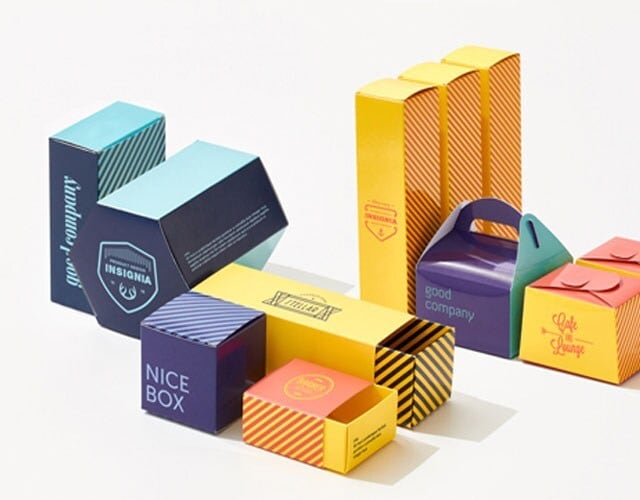In the printing industry, particularly in the realm of food packaging, the process of ink curing plays a crucial role in ensuring food safety. With the rise of consumer concerns over safety standards, understanding the interplay between ink curing and food safety is more important than ever.

Understanding Ink Curing
Ink curing refers to the process of drying and hardening ink after it has been applied to a surface. This is a vital step in the printing process, especially for food packaging, as it ensures that no harmful substances are transferred from the ink to the food.
Why Ink Curing Matters
The primary concern with ink curing is the potential for migration of ink components into food products. Proper curing ensures that the ink is fully dried and hardened, reducing the risk of contamination.
Types of Curing Methods
There are several methods used in the industry to cure inks, each with its own set of advantages and drawbacks.
UV Curing
UV curing is a popular method due to its speed and efficiency. It involves exposing the ink to ultraviolet light, which initiates a chemical reaction that hardens the ink.
Heat Curing
This method uses heat to evaporate solvents in the ink, allowing it to dry and adhere to the substrate. It is commonly used for certain types of packaging materials.
Air Drying
While less common in industrial settings, air drying can be used for some applications. It relies on the natural evaporation of solvents and is typically slower.
Food Safety Regulations
To protect consumers, there are stringent regulations governing the use of inks in food packaging. These regulations ensure that inks do not pose health risks when in contact with food.
International Standards
Countries around the world have different standards, but most align with the guidelines set by the European Union and the United States, which are among the strictest.
Migration Limits
One of the key aspects of these regulations is setting migration limitsthe allowable amount of ink components that can transfer into food.
Materials Used in Inks
Understanding the materials used in inks is essential for assessing their safety in food packaging.
Solvents and Additives
Solvents and additives are used to modify ink properties such as drying time and adhesion. Ensuring these substances are safe is a critical aspect of food safety.
Pigments
Pigments provide color and are typically made from inorganic compounds. Their safety is evaluated based on potential toxicity and reactivity.
Advancements in Safe Inks
As technology advances, so does the development of safer inks for food packaging.
Low Migration Inks
These inks are specifically formulated to minimize the risk of migration, making them ideal for food packaging applications.
Bio-based Inks
Derived from renewable resources, bio-based inks offer an environmentally friendly option without compromising safety.
Impact on the Environment
Alongside food safety, the environmental impact of ink production and use is a growing concern.
Sustainable Practices
The industry is moving towards more sustainable practices, including the use of eco-friendly materials and processes.
Recycling and Disposal
Proper disposal and recycling of ink products can significantly reduce their environmental footprint.
Challenges and Opportunities
The industry faces several challenges in balancing food safety with economic and environmental considerations.
Cost Implications
Implementing safer practices can be costly, but the long-term benefits often outweigh the initial investment.
Innovation
There is significant potential for innovation in developing new, safer inks and curing methods.
Conclusion
The relationship between ink curing and food safety is complex but essential for protecting consumers. As the industry continues to evolve, it is critical to stay informed and adopt practices that prioritize safety.

FAQs
What is ink curing?
Ink curing is the process of drying and hardening ink on a surface, crucial for preventing contamination in food packaging.
Why is food safety important in ink curing?
Ensuring food safety in ink curing prevents harmful substances from migrating into food, protecting consumer health.
What are low migration inks?
Low migration inks are specially formulated to reduce the risk of component transfer into food, enhancing packaging safety.
This article contains affiliate links. We may earn a commission at no extra cost to you.






